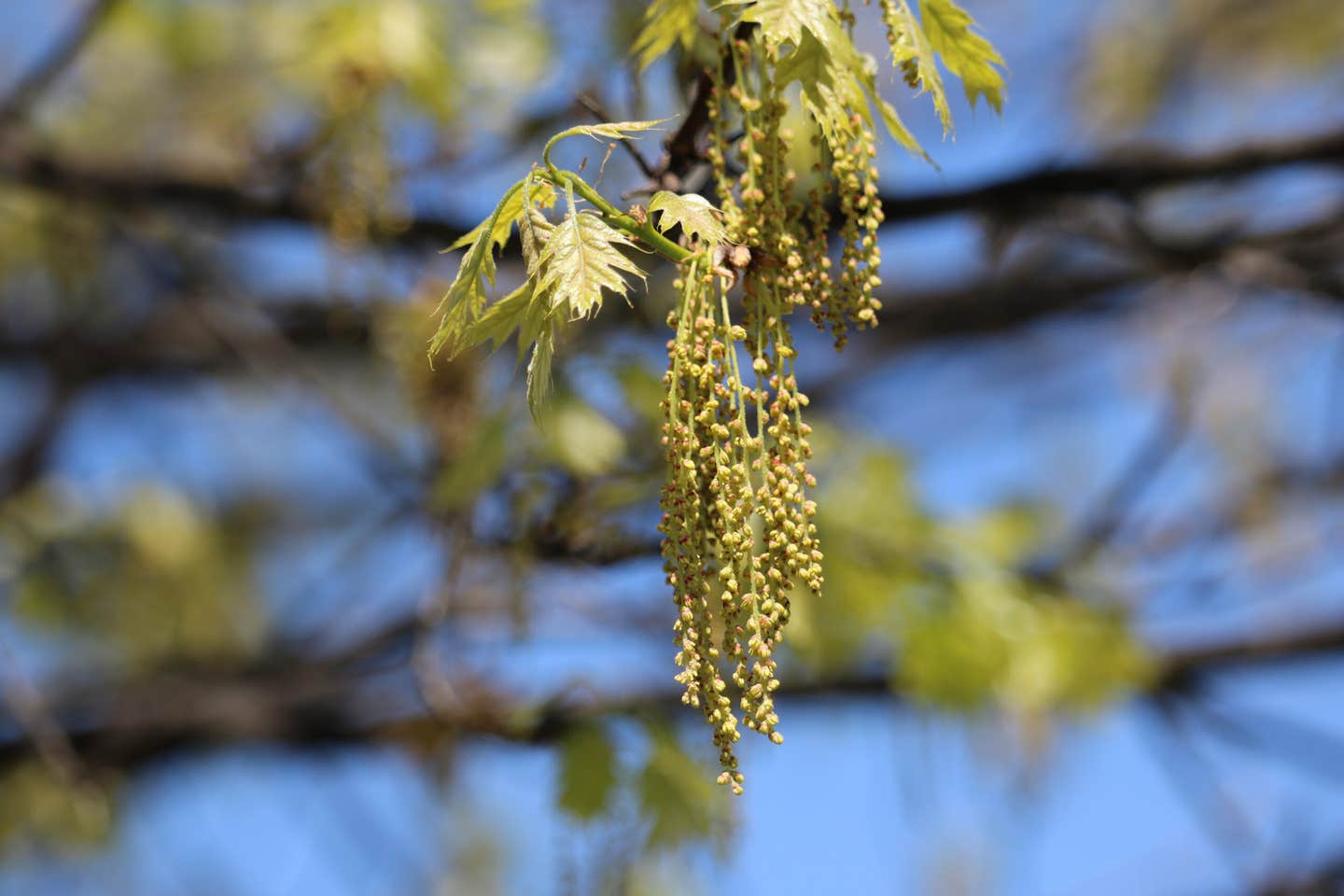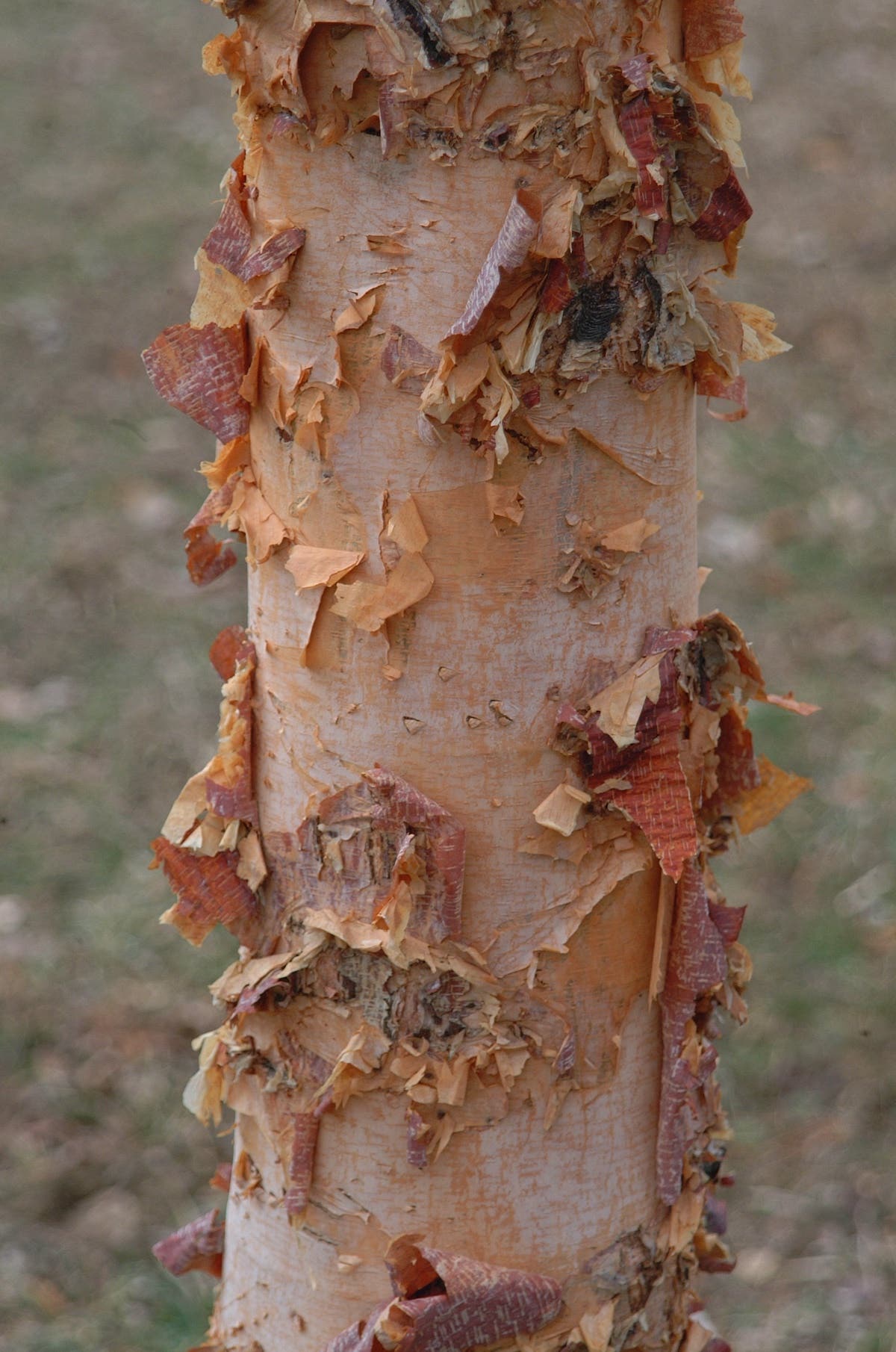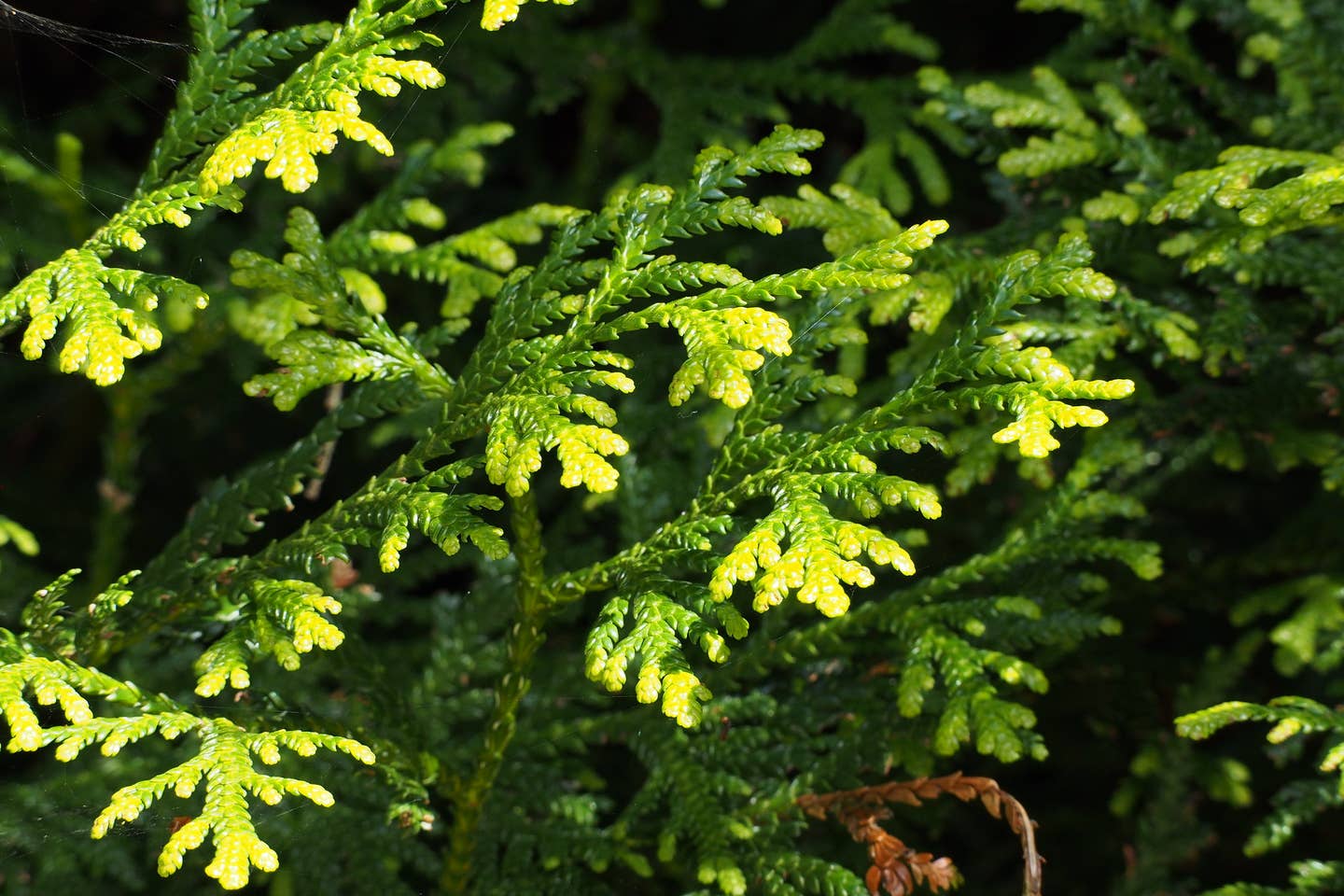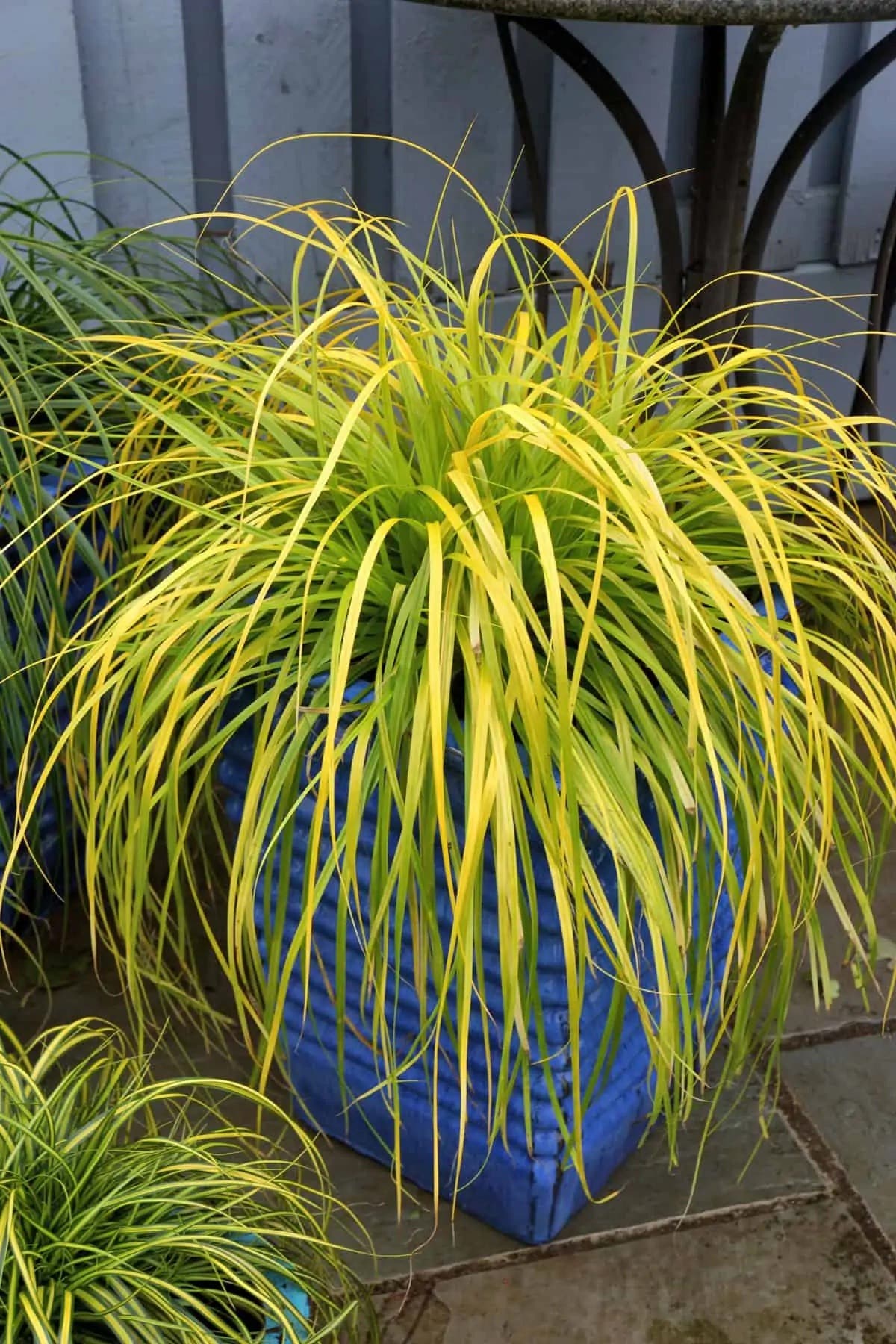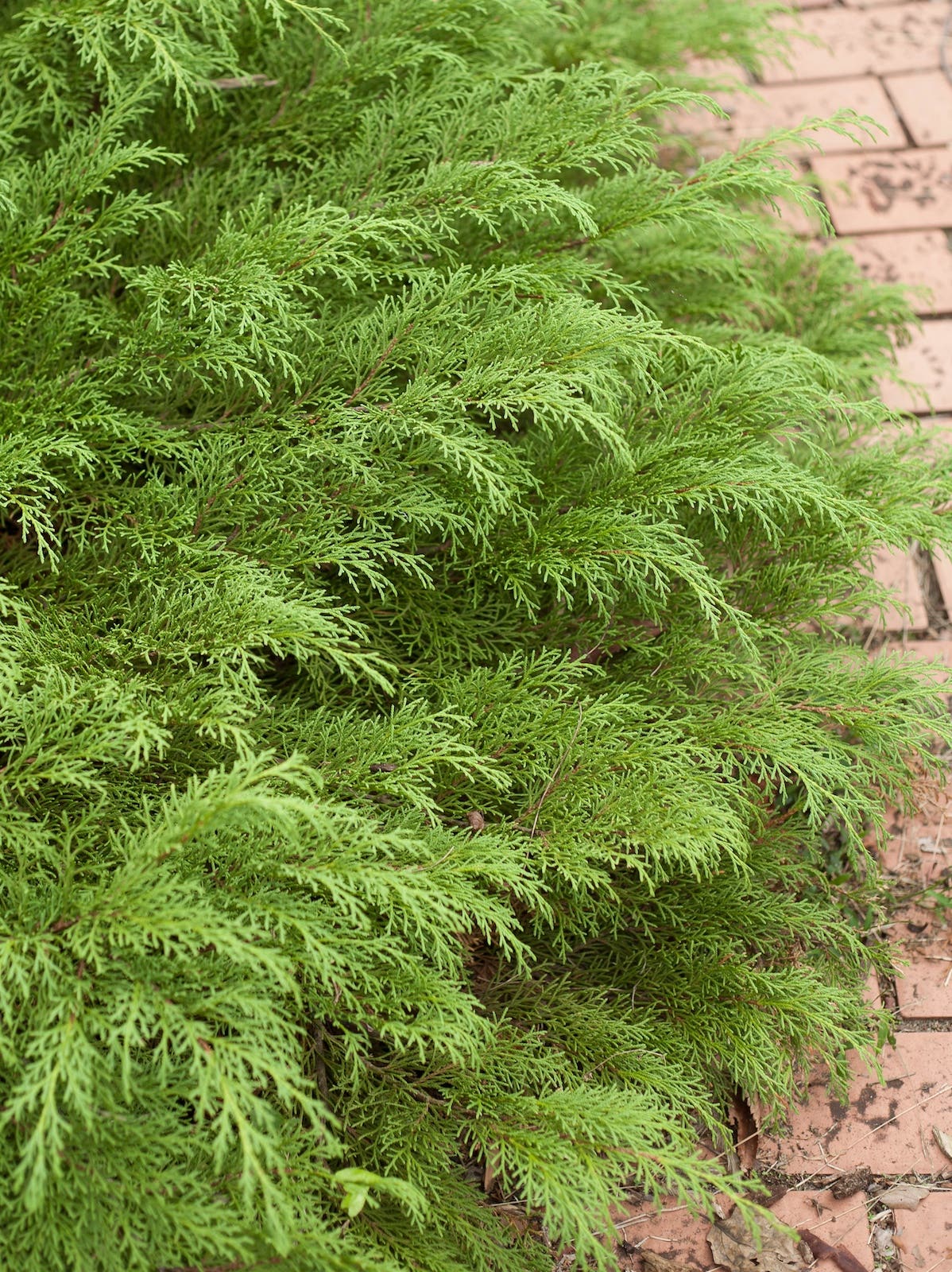Grow Better Vegetables with Intercropping
Planting two or more veggies together, known as intercropping, can have many positive effects in your garden. It can change the growing conditions for the plants. For example, tomatoes will…
Planting two or more veggies together, known as intercropping, can have many positive effects in your garden. It can change the growing conditions for the plants. For example, tomatoes will offer basil some shade which helps prevent them from bolting, while the basil helps keep weeds out. Intercropping can also be used to attract beneficial insects, or keep away pests. Did you know cucumber beetles are repelled by radishes? The cucumbers, melons, squash and pumpkins must be happy about that. Dill and fennel are just two of the plants that attract ladybugs. These favorites of children should be welcomed by gardeners, because they will help rid your garden of numerous bothersome insects.
Intercropping can also increase your harvests. Planting beets between carrots uses up space that would otherwise be wasted as the slow-to-grow carrots mature. The beets will be pulled and out of the way with time to spare.
The best known example of intercropping is the Native American practice known as “The Three Sisters of the Field." Beans, corn and winter squash get along well and help each other: the beans grow up the corn, not only helping to anchor it but adding some nitrogen to the soil as well. The squash grows below, helping to keep the weeds to a minimum, and also deterring unwanted deer, which are afraid of getting a hoof caught in the vine. This was traditionally done with field corn, to be allowed to dry in the husk to be ground for flour; and for dry beans. This allows all of the harvest to be done at the same time. You can try it at home with an ornamental or popcorn, and with any dry bean that is a pole-type such as 'Rattlesnake' or the heirloom' Cherokee Trail of Tears'. Choose any variety of winter squash; if space is a consideration and deer not a problem, you can plant a bush-type winter squash such as 'Honey Bear' or 'Pattisson Golden Marbre Scallop'.
When planting your veggies together, be sure they get along. Don’t plant a water lover with a plant that doesn’t like getting its feet wet. Cranberries and blueberries both like acidic soil and do well together. Strawberries, however, will inhibit the growth of broccoli. The best resource I’ve found on this subject is a book called Carrots Love Tomatoes by Louise Riotte. Even after owning this marvelous book for 14 years I still refer to it when planning the gardens, especially when trying a new plant.
______________________________________
Gardening Jones is a master gardener in Pennsylvania. Learn more atgardeningjones.com.
______________________________________________________
Save big with the Start Planning Your Vegetable Garden Value Pack, which includes four essential references for planning and tending a veggie garden.
Order the Seeds for a Rainbow Kitchen Garden, which includes five packets of colorful vegetables that are easy to grow at home.
Try your hand at intercropping with the Native American Three Sisters Garden, a collection of three seed packets: corn, 'Rattlesnake' beans and 'Sugar Pie' pumpkins.
Make the most of your growing space with the All New Square Foot Gardening by Mel Bartholomew.
Grow and harvest vegetables every month of the year with The Year-Round Vegetable Gardener, written by Nova Scotian Niki Jabbour.



